| taxonomic_comments |
Approximately 30 species in this genus have been identified as occurring in North America north of Mexico (Cokendolpher and Lee, 1993; Ingianni et al., 2011), with 16 recorded in North Carolina. However, the validity of several of these species is suspect, with several that will probably be determined to be synonyms of other species, e.g., davisi, speciosum, and zimmermani in North Carolina Burns et al., 2012; Shultz, 2018). According to Shultz (2018), moreover, recent phylogenetic studies indicate both that more species are waiting to be described and that the name Leiobunum may eventually be restricted to European species, requiring new generic names for most, if not all, of our species. |
Photo Gallery for Leiobunum vittatum No common name |
 | Recorded by: Steven Acesta
Forsyth Co.
Comment: |  | Recorded by: Brian Bockhahn
Chatham Co.
Comment: White Pines Survey |
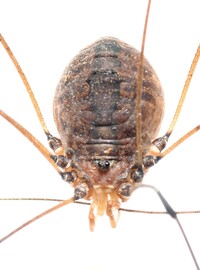 | Recorded by: Nathan Vaughan
Person Co.
Comment: |  | Recorded by: Mark Basinger
Brunswick Co.
Comment: Female; collected and the specimen examined |
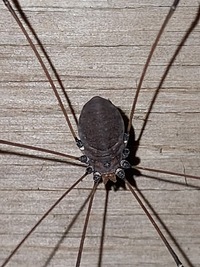 | Recorded by: Mark Basinger
Wilson Co.
Comment: | 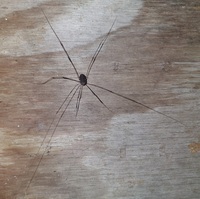 | Recorded by: Mark Basinger
Wilson Co.
Comment: |
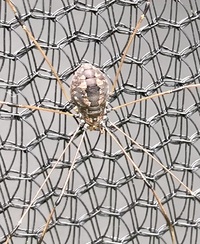 | Recorded by: Ken Kneidel
Yancey Co.
Comment: | 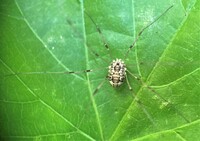 | Recorded by: Dean Furbish
Wake Co.
Comment: |
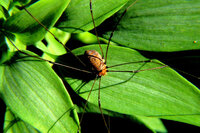 | Recorded by: Terrell Tucker
Moore Co.
Comment: |  | Recorded by: Jim Petranka and Becky Elkin
Madison Co.
Comment: |
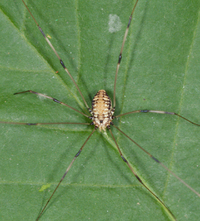 | Recorded by: Jim Petranka and Becky Elkin
Madison Co.
Comment: | 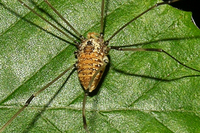 | Recorded by: Owen McConnell
Durham Co.
Comment: |
 | Recorded by: Ken Kneidel
Mecklenburg Co.
Comment: |  | Recorded by: Ken Kneidel
Mecklenburg Co.
Comment: |
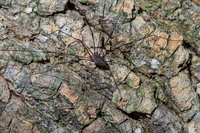 | Recorded by: Steve Hall
Durham Co.
Comment: Several adult males seen | 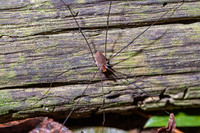 | Recorded by: Steve Hall
Durham Co.
Comment: Several adult males seen |
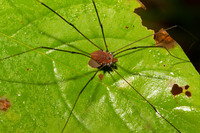 | Recorded by: Steve Hall and Savannah Hall
Orange Co.
Comment: | 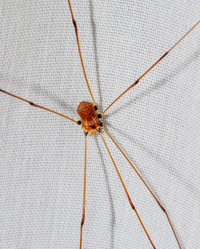 | Recorded by: Steve Hall and Bo Sullivan
Moore Co.
Comment: Seen at moth sheet |
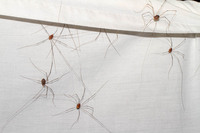 | Recorded by: Steve Hall
Durham Co.
Comment: Cluster observed on a moth sheet left out overnight |  | Recorded by: Steve Hall
Durham Co.
Comment: Cluster observed on a moth sheet left out overnight |
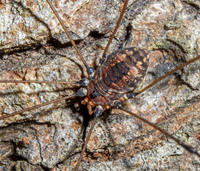 | Recorded by: Stephen Hall, Ed Corey, Jim Petranka, Becky Elkin, Tom Howard, Carol Tingley, Brian Bockhahn, and Van Cotter
Durham Co.
Comment: | 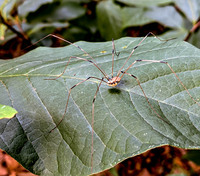 | Recorded by: Dee Stuckey and Steve Hall
Durham Co.
Comment: Common on paw-paw leaves; most were immatures but one adult male was seen |
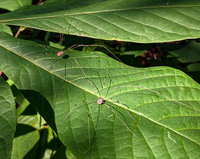 | Recorded by: Dee Stuckey and Steve Hall
Durham Co.
Comment: Common on paw-paw leaves; most were immatures but one adult male was seen | 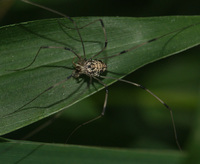 | Recorded by: Vin Stanton
Buncombe Co.
Comment: |
 | Recorded by: Steve Hall
Orange Co.
Comment: |  | Recorded by: Steve Hall
Orange Co.
Comment: |
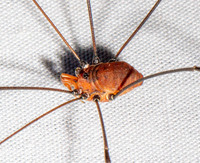 | Recorded by: Steve Hall
Orange Co.
Comment: Several seen at moth sheet |  | Recorded by: Owen McConnell
Durham Co.
Comment: |
 | Recorded by: Vin Stanton
Buncombe Co.
Comment: not sure id, help please | 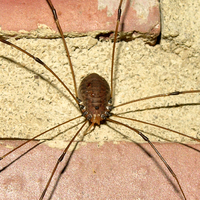 | Recorded by: Owen McConnell
Durham Co.
Comment: |
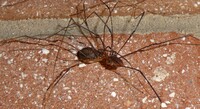 | Recorded by: Simpson Eason
Durham Co.
Comment: | 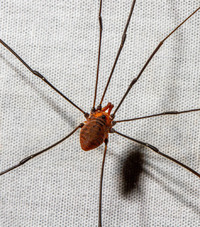 | Recorded by: Steve Hall
Orange Co.
Comment: Both males and females seen at moth sheet; one mating pair was observed |
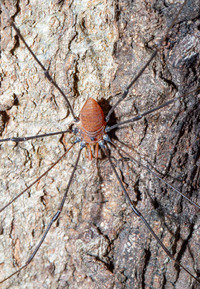 | Recorded by: Steve Hall
Orange Co.
Comment: Both males and females seen at moth sheet; one mating pair was observed |  | Recorded by: Steve Hall
Orange Co.
Comment: Both males and females seen at moth sheet; one mating pair was observed |
 | Recorded by: Steve Hall
Orange Co.
Comment: Adult male seen on moth sheet | 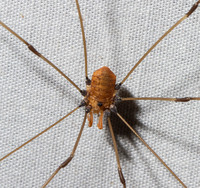 | Recorded by: Steve Hall
Orange Co.
Comment: 1 male seen at moth sheet; adult coloration |
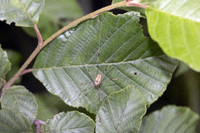 | Recorded by: Barbara McRae
Macon Co.
Comment: Found in a wetland area near the Little Tennessee River | 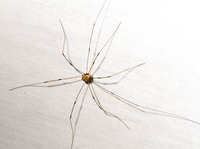 | Recorded by: Steve Hall
Orange Co.
Comment: Seen at moth sheet |
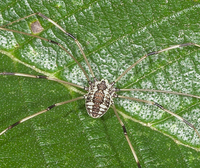 | Recorded by: Jim Petranka
Madison Co.
Comment: Seen during the day, perched about six feet high on a slippery elm |  | Recorded by: C. Taunton
Wake Co.
Comment: NCMA |
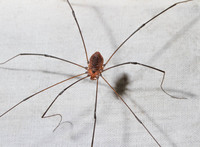 | Recorded by: Steve Hall
Orange Co.
Comment: 2 adults seen at moth sheet | 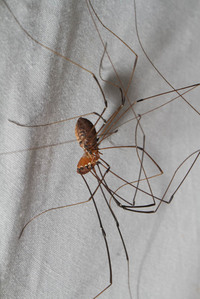 | Recorded by: Steve Hall
Orange Co.
Comment: Mating pair, seen at moth sheet |
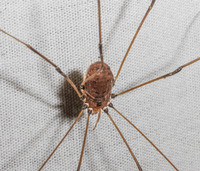 | Recorded by: Steve Hall
Orange Co.
Comment: Several males and females were observed at a moth sheet | 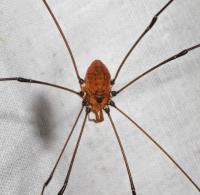 | Recorded by: Steve Hall
Orange Co.
Comment: Several males and females were observed at a moth sheet |
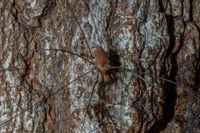 | Recorded by: Steve Hall
Orange Co.
Comment: Both adult males and females seen at bait and sheet | 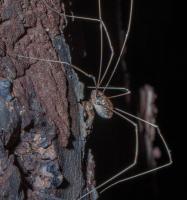 | Recorded by: Steve Hall
Orange Co.
Comment: Both adult males and females seen at bait and sheet |
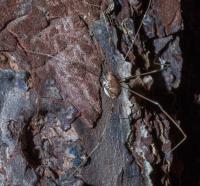 | Recorded by: Steve Hall
Orange Co.
Comment: Both adult males and females seen at bait and sheet | 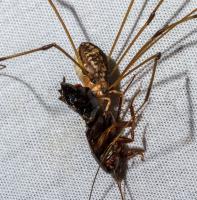 | Recorded by: Steve Hall
Orange Co.
Comment: Both adult males and females seen at bait and sheet |
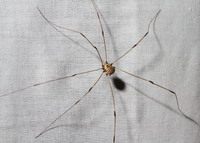 | Recorded by: Steve Hall
Orange Co.
Comment: | 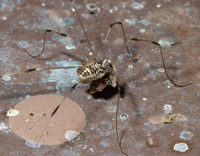 | Recorded by: Steve Hall
Stokes Co.
Comment: Common at bait and at a moth sheet; also seen on the ground, tree trunks, and buildings |
 | Recorded by: Steve Hall
Orange Co.
Comment: | 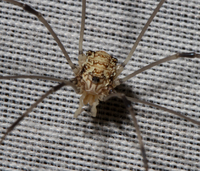 | Recorded by: Steve Hall
Orange Co.
Comment: |
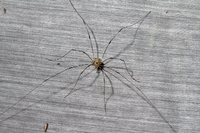 | Recorded by: Steve Hall
Orange Co.
Comment: | 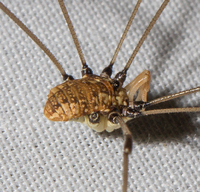 | Recorded by: Steve Hall
Orange Co.
Comment: Seen on moth sheet |
|